Iceberg Concept Of Infectious Disease
Iceberg concept of infectious disease. For an infectious agent infectivity refers to the proportion of. Thus only the tip of the iceberg is apparent to the epidemiologist. The iceberg model of infection In many infections 90 are asymptomatic eg enterovirus infections Different pathogens cause a different frequency of clinically apparent illness Gonorrhea 99 vs.
Of the 1369 deaths from the coronavirus to date all but two have been in China. Infectious diseases this range of manifestations is referred to as the gradient of infection. THERE IS A DISTINCTION BETWEEN INFECTION AND DISEASE.
Epidemic now spread worldwide eg HIV Exotic. Concept is often referred to as the Iceberg Model of Infection There are exceptions such as Rabies and HIV infection which cause overt disease in virtually everyone infected. Iceberg concept of infectious disease in populations EXPOSURE WITHOUT INFECTION INFECTION WITHOUT CLINICAL ILLNESS MILD ILLNESS SEVERE DISEASE DEATH CLINICAL DISEASE SUB CLINICAL DISEASE.
Infectious disease Contagious disease Epidemic. THE ICEBERG CONCEPT OF INFECTIOUS DISEASES. An illustrative metaphor for this is the iceberg.
This range is called the spectrum of disease. Whether disease develops depends on variables associated with. For example HIV infection ranges from inapparent to mild disease eg AIDS-related complex to severe disease eg wasting syndrome.
The floating tip of the iceberg represents what the physician sees in the community. The Host review lecture 1 2. The pyramid of disease develops this into a population concept.
The exception to the. They will be asymptomatic.
It is important to keep in mind that many different bacterial species may cause the same syndrome.
Related concepts include the changing pattern of disease in populations and levels of severity spectrum of disease. Concepts Specific to Infectious Disease Epidemiology Attack rate immunity vector transmission carrier subclinical disease serial interval source exposure reservoir incubation period colonization generations susceptible non-specific immunity clone resistance repeat episodes. Polio 01-10 Terminology and Concepts 4 Many bacteria can produce the same infectious disease syndrome sometimes by completely. In excess of expected occurrence Endemic. According to the concept of iceberg of disease disease in a community may be compared with an iceberg. The Nature of Infections Infectious disease syndromes. The Iceberg Theory of Disease is metaphor portraying the idea that clinicians only see a minority of cases of any given disease tip of the iceberg. The 150 or so people who live in the village which sits on the south bank of the Ivindo River deep in the great Minkebe Forest in northern Gabon are used to occasional bouts of diseases such as. Ho an expert on.
Of the 1369 deaths from the coronavirus to date all but two have been in China. For an infectious agent infectivity refers to the proportion of. The Nature of Infections Infectious disease syndromes. They will be asymptomatic. The iceberg phenomenon describe a situation in which a large percentage of a problem is subclinical unreported or otherwise hidden from view. Infectious diseases this range of manifestations is referred to as the gradient of infection. Concept is often referred to as the Iceberg Model of Infection There are exceptions such as Rabies and HIV infection which cause overt disease in virtually everyone infected.



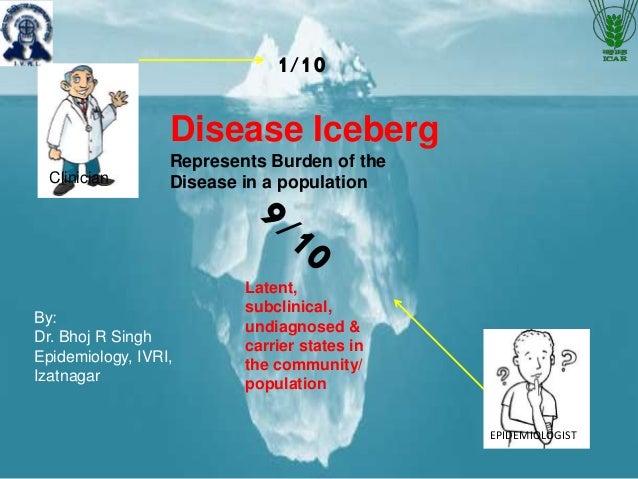
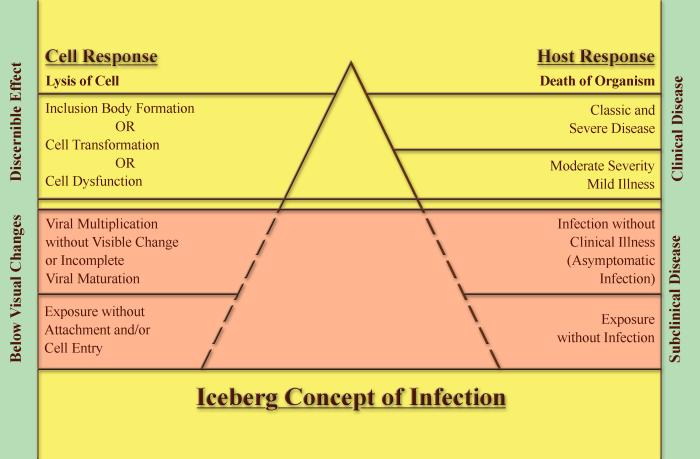
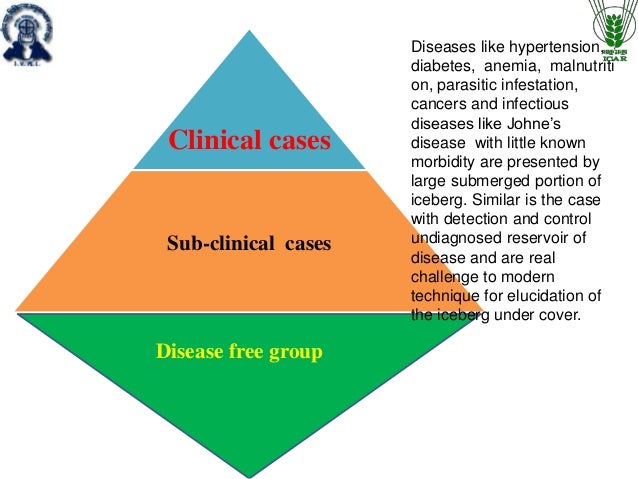
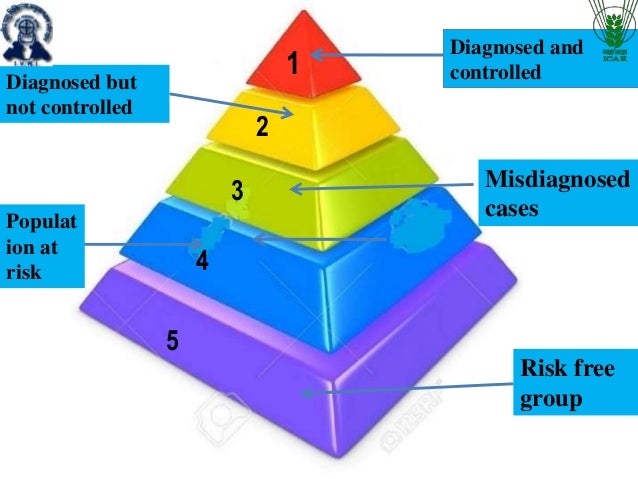




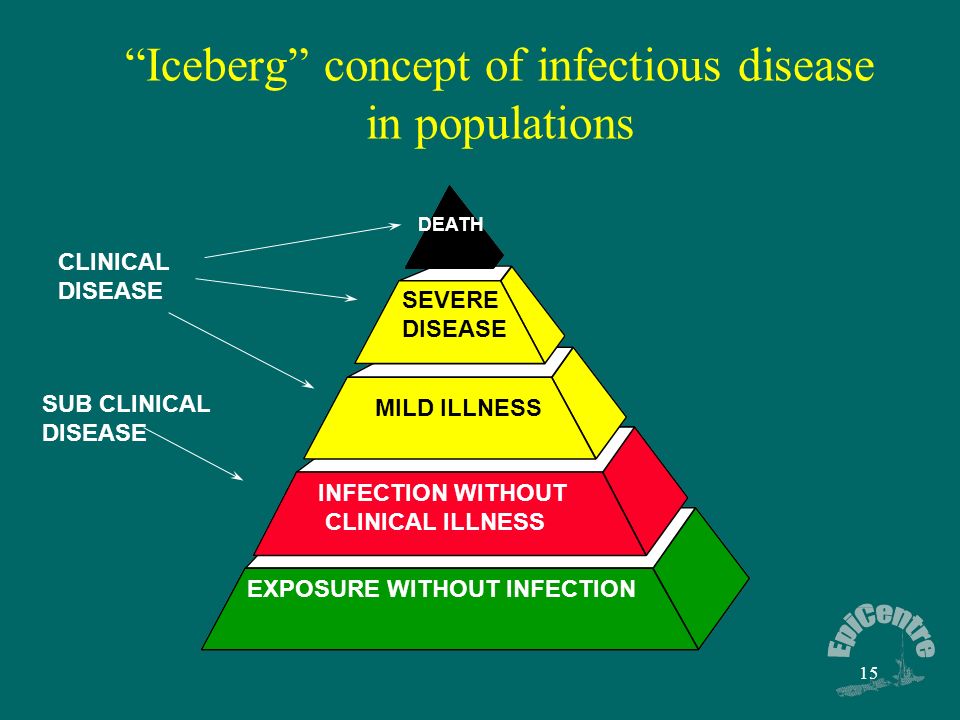
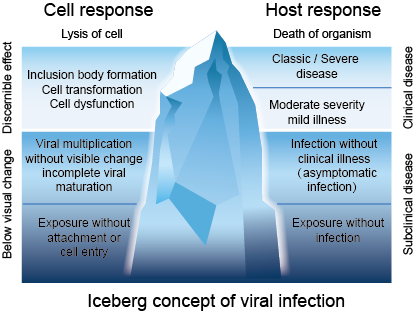






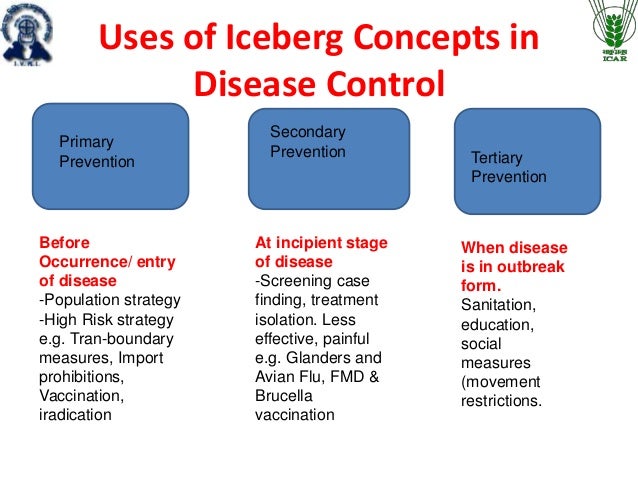


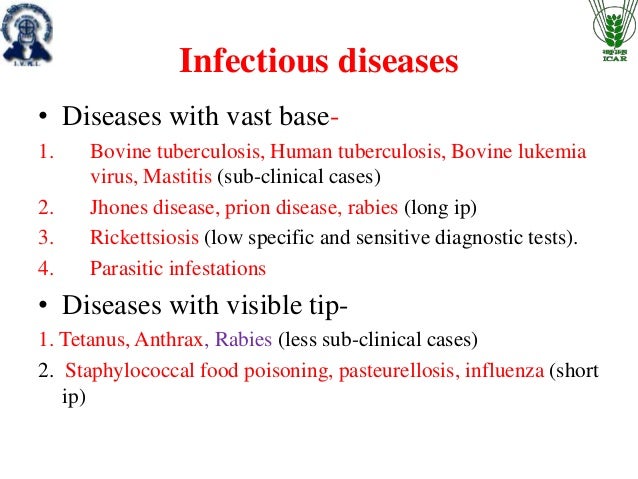






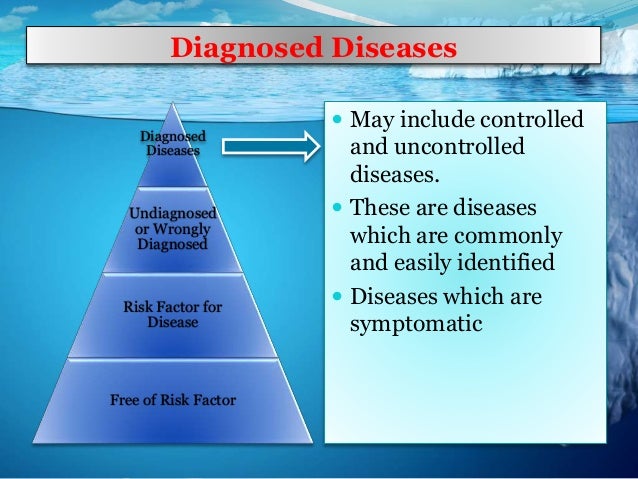




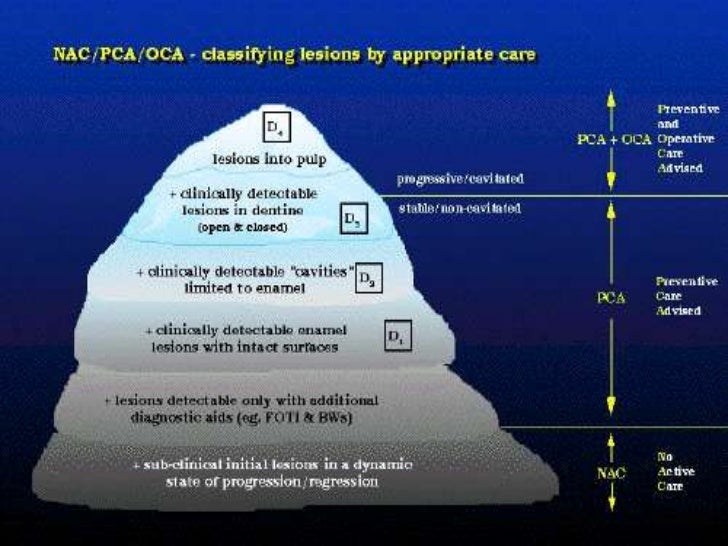


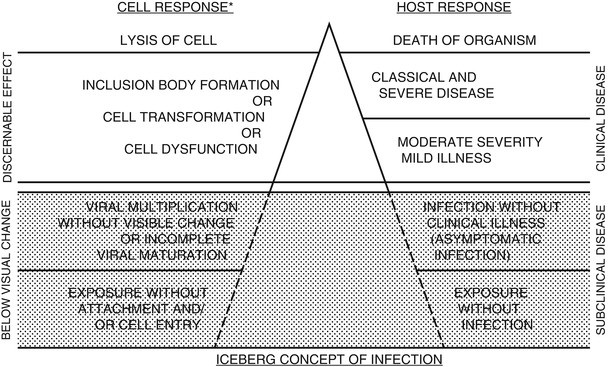

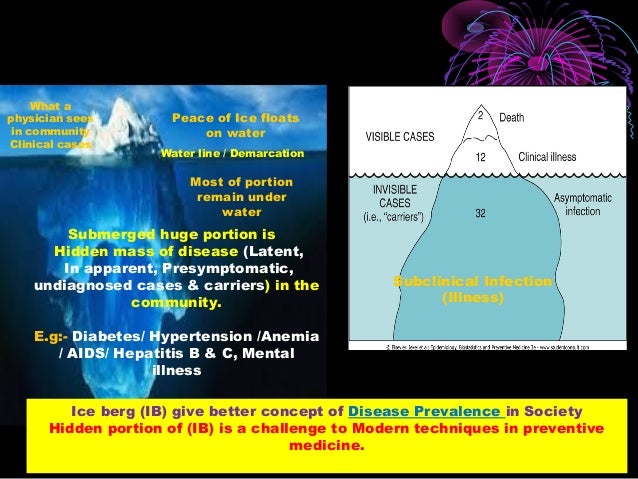

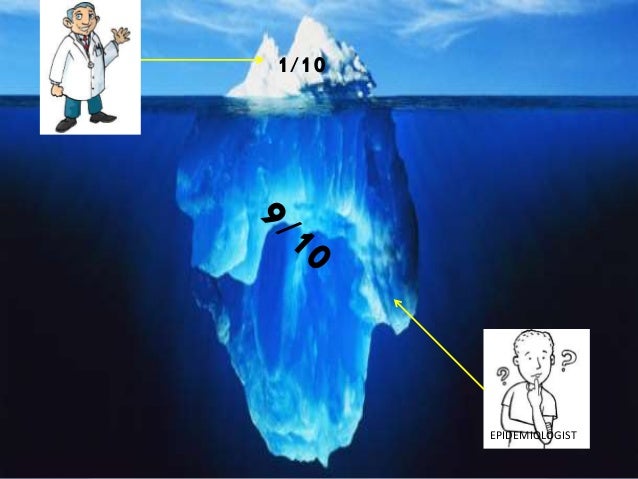
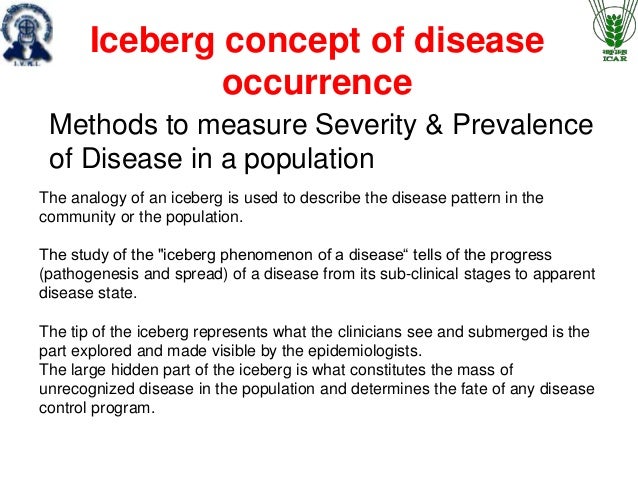

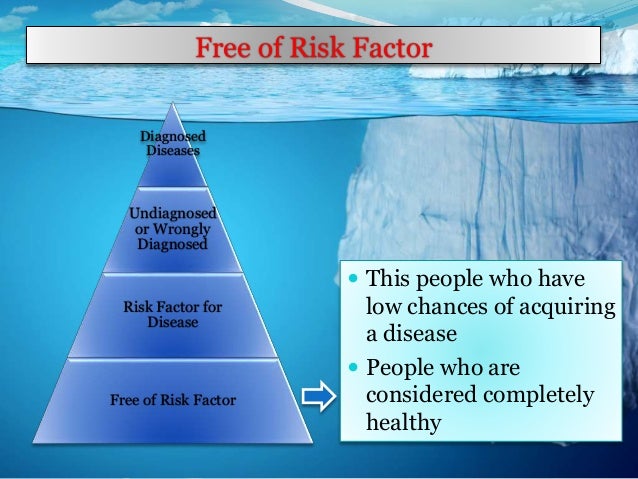
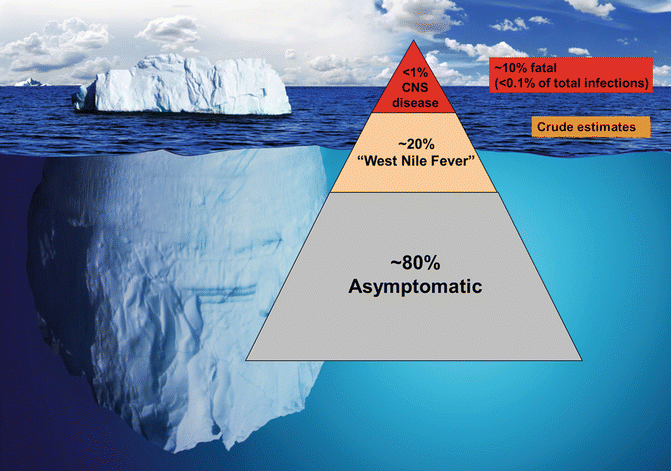
Post a Comment for "Iceberg Concept Of Infectious Disease"